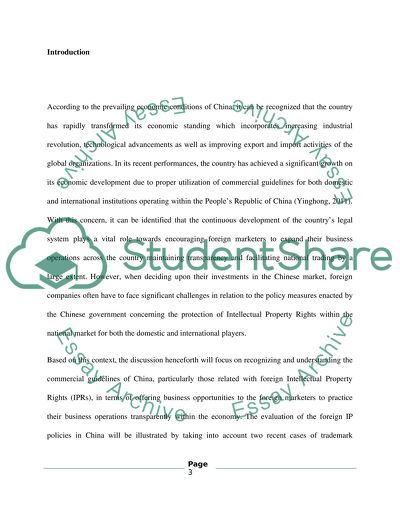Cite this document
(“Intellectual Property Rights in China. Chinese Commercial Legal Essay”, n.d.)
Retrieved from https://studentshare.org/law/1403718-intellectual-property-rights-in-china-chinese-commercial-legal-system-the-trademark-law
Retrieved from https://studentshare.org/law/1403718-intellectual-property-rights-in-china-chinese-commercial-legal-system-the-trademark-law
(Intellectual Property Rights in China. Chinese Commercial Legal Essay)
https://studentshare.org/law/1403718-intellectual-property-rights-in-china-chinese-commercial-legal-system-the-trademark-law.
https://studentshare.org/law/1403718-intellectual-property-rights-in-china-chinese-commercial-legal-system-the-trademark-law.
“Intellectual Property Rights in China. Chinese Commercial Legal Essay”, n.d. https://studentshare.org/law/1403718-intellectual-property-rights-in-china-chinese-commercial-legal-system-the-trademark-law.


